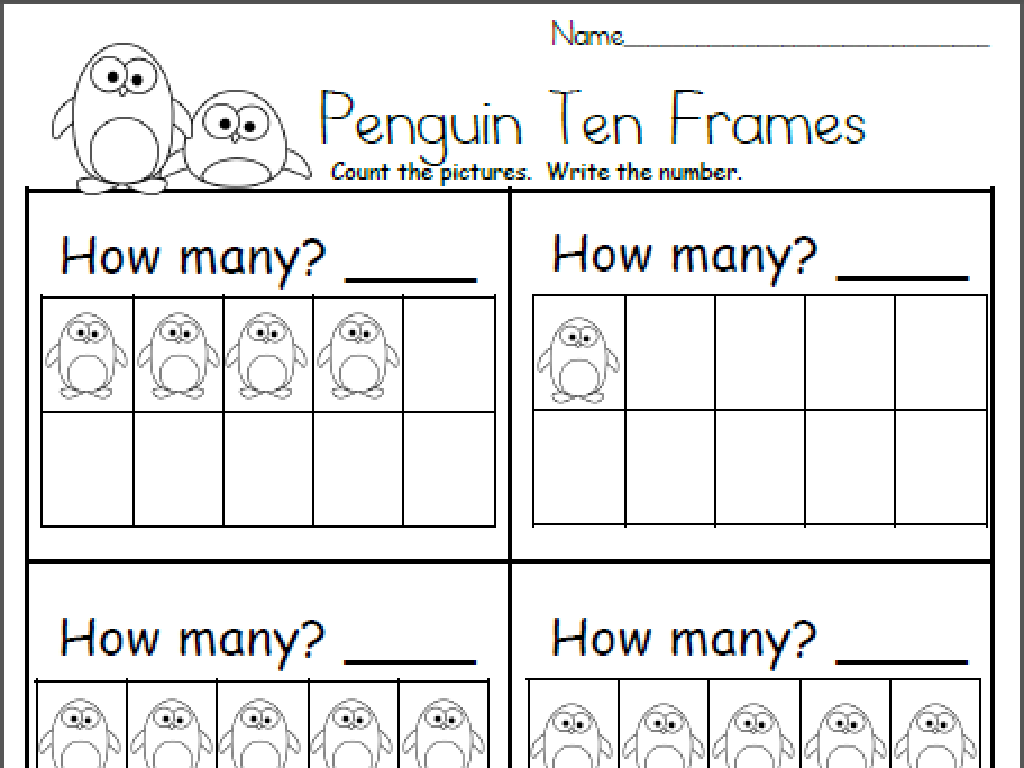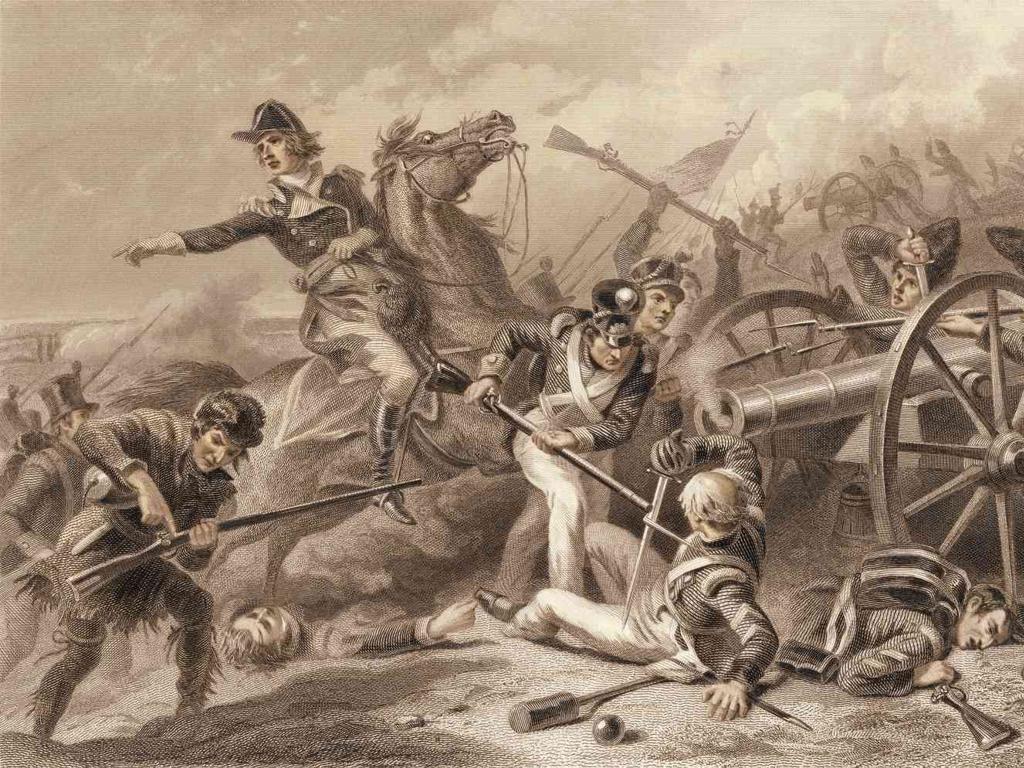The Age Of Exploration: Origins
Subject: Social studies
Grade: Sixth grade
Topic: Age Of Exploration
Please LOG IN to download the presentation. Access is available to registered users only.
View More Content
Welcome to the Age of Exploration!
– Exploring the Age of Exploration
– Timeline: 15th to 17th century
– A period marked by global maritime exploration
– Motives for exploration
– Driven by curiosity, the search for wealth, and the quest for new trade routes
– Impact of new trade routes
– New trade routes revolutionized commerce and contact between continents
|
This slide introduces students to the Age of Exploration, a pivotal time in history when European explorers set out to discover new lands and trade routes. It spanned from the 15th to the 17th century and was motivated by a blend of curiosity, the pursuit of wealth, and the need for new trade routes. Emphasize the significance of this era in shaping the modern world, as it led to the exchange of goods, cultures, and ideas on a global scale. Encourage students to think about how exploration has changed over time and what it might look like in the future. Discuss the impact of these voyages on both the explorers’ home countries and the lands they encountered.
What Led to the Age of Exploration?
– Desire for exotic spices
– Spices like pepper and cinnamon were highly valued in Europe.
– Navigation and shipbuilding
– Innovations like the compass and caravel ships made long sea voyages possible.
– Monarchies funding voyages
– Kings and queens sponsored explorers, hoping for wealth and power.
– Seeking new trade routes
– Europeans wanted to find their own paths to Asia, avoiding middlemen.
|
This slide aims to explain the motivations behind the Age of Exploration. Emphasize the high demand for spices and luxury goods in Europe, which were scarce and expensive due to long overland trade routes. Discuss the technological advancements in navigation, such as the magnetic compass and astrolabe, and in shipbuilding, like the development of the caravel, which allowed sailors to travel further and more safely. Highlight the significant role of European monarchies in providing the resources needed for these risky expeditions, driven by the promise of new wealth and territories. Lastly, explain the desire to find new trade routes directly to Asia to bypass costly intermediaries. Encourage students to think about how these factors combined to kickstart a new era of global exploration.
Famous Explorers of the Age of Exploration
– Christopher Columbus’ westward quest
– Sought a new route to Asia, landed in the Americas
– Ferdinand Magellan’s global voyage
– Led the first expedition to circumnavigate the globe
– Recognizing other explorers
– Each explorer added pieces to the world map puzzle
– Contributions to world knowledge
– They expanded trade, knowledge, and European influence
|
This slide introduces students to key figures of the Age of Exploration, emphasizing their motivations and the impact of their voyages. Christopher Columbus is known for his attempt to find a westward route to Asia, which inadvertently led to the European discovery of the Americas. Ferdinand Magellan’s expedition achieved the first circumnavigation of the Earth, proving the world’s roundness and the vastness of the Pacific Ocean. Other explorers, though less famous, also made significant contributions by mapping uncharted territories and establishing new trade routes. Their collective efforts led to a greater understanding of the world’s geography and the beginning of globalization. Encourage students to think about how these explorations changed the course of history and the way people viewed the world.
Navigational Tools of the Age of Exploration
– The compass: A key tool for direction
– Allowed sailors to determine direction even on cloudy days.
– The astrolabe: Ancient star measurer
– Used to find latitude by measuring the angle of stars above the horizon.
– Maps and cartography: Charting the earth
– Maps improved over time, giving explorers better understanding of lands and seas.
– Impact on exploration: Tools that shaped history
– These tools enabled explorers to venture further, leading to new discoveries.
|
This slide introduces students to the essential navigational tools that made the Age of Exploration possible. The compass, which points to magnetic north, allowed sailors to find their way when landmarks and the sun were not visible. The astrolabe, a sophisticated instrument, helped navigators calculate latitude based on the stars, crucial for ocean voyaging. Maps and the art of cartography evolved during this period, providing more accurate representations of the world. These tools collectively had a profound impact on exploration, enabling sailors to travel across vast oceans and discover new lands. Encourage students to think about how these tools compare to modern navigation technology like GPS.
Impact of the Age of Exploration
– The Columbian Exchange impact
– Exchange of crops, animals, and ideas between the Old and New Worlds.
– Start of globalization
– Globalization began with the first international trades.
– Trade across continents
– Goods were traded globally, connecting continents.
– Effects on indigenous people
– Encounters led to cultural exchanges and conflicts.
|
This slide aims to highlight the significant impacts of the Age of Exploration, focusing on the Columbian Exchange as a pivotal event that initiated the widespread transfer of goods, animals, and ideas between the Old and New Worlds. Emphasize the beginning of globalization, which was marked by the start of international trade routes. Discuss how this era laid the foundations for modern economies and cultural exchanges. However, it’s crucial to address the mixed effects on indigenous populations, including both the benefits of new resources and the detriments of disease and colonization. Encourage students to think critically about these historical events and their long-lasting implications.
Class Activity: Explorers’ Quest
– Divide into research groups
– Choose an explorer to study
– Create a ‘journey map’
– Map out the route, lands, and oceans crossed
– Present findings to class
– Include discoveries, challenges faced, and historical impact
|
This activity is designed to engage students with the Age of Exploration by having them actively participate in research and presentation. Each group should select a different explorer to ensure a variety of information is shared. Encourage students to use both online and library resources for their research. For the ‘journey map’, they can use craft materials or digital tools to represent the explorer’s route. When presenting, students should focus on what their explorer discovered, the challenges encountered during the journey, and how their explorations impacted the world. Possible explorers include Christopher Columbus, Vasco da Gama, Ferdinand Magellan, and Zheng He. This activity will help students develop teamwork, research, and presentation skills.





